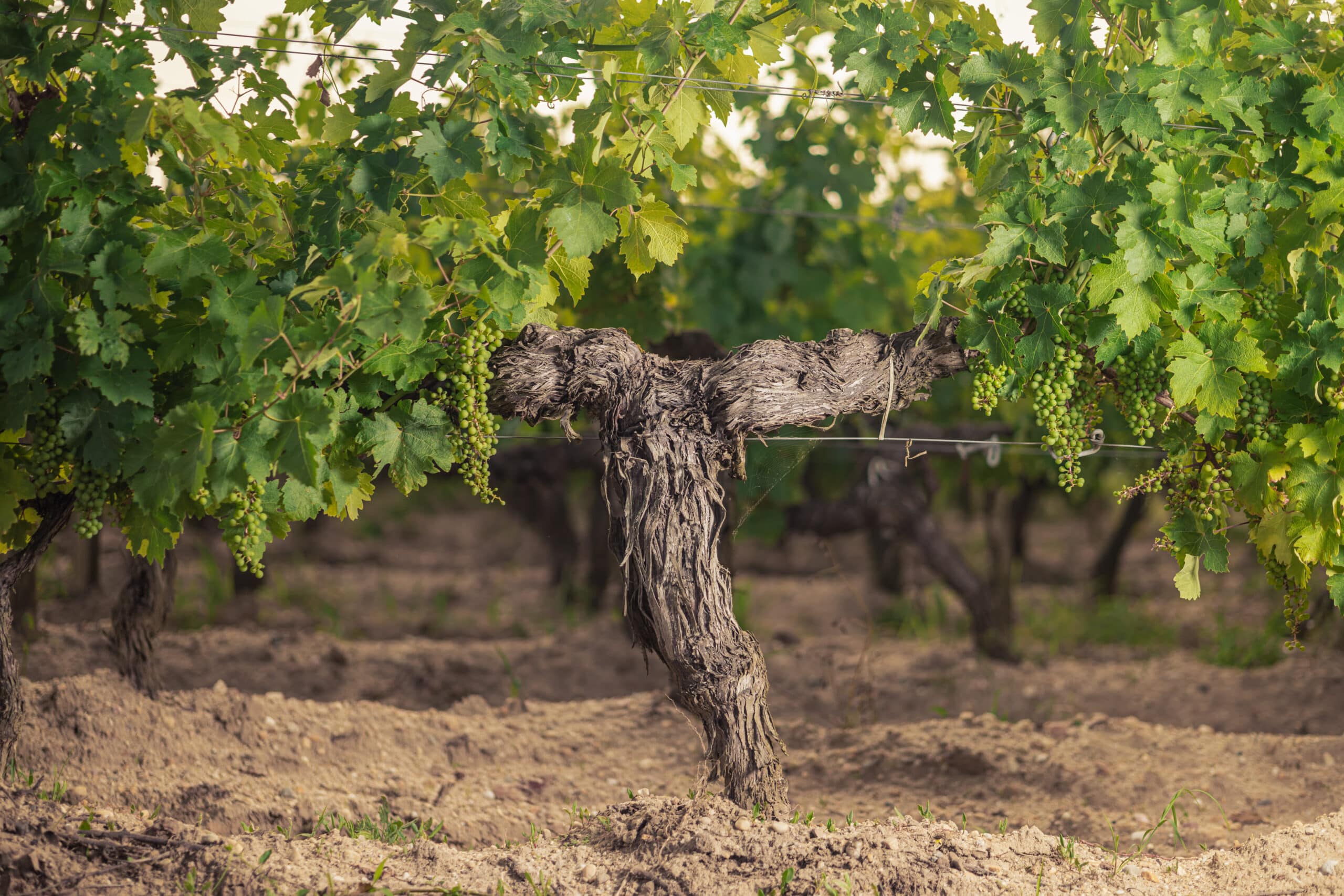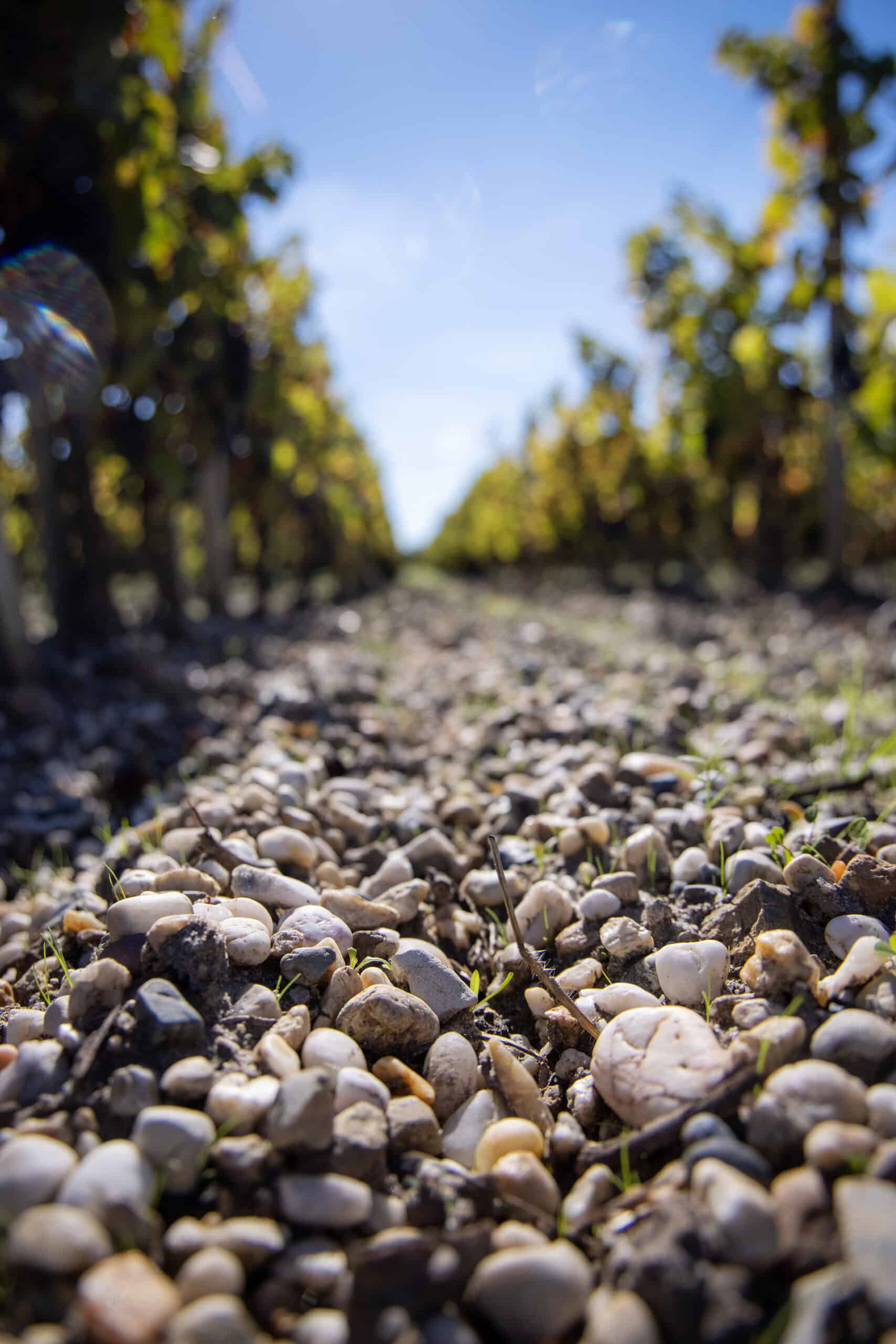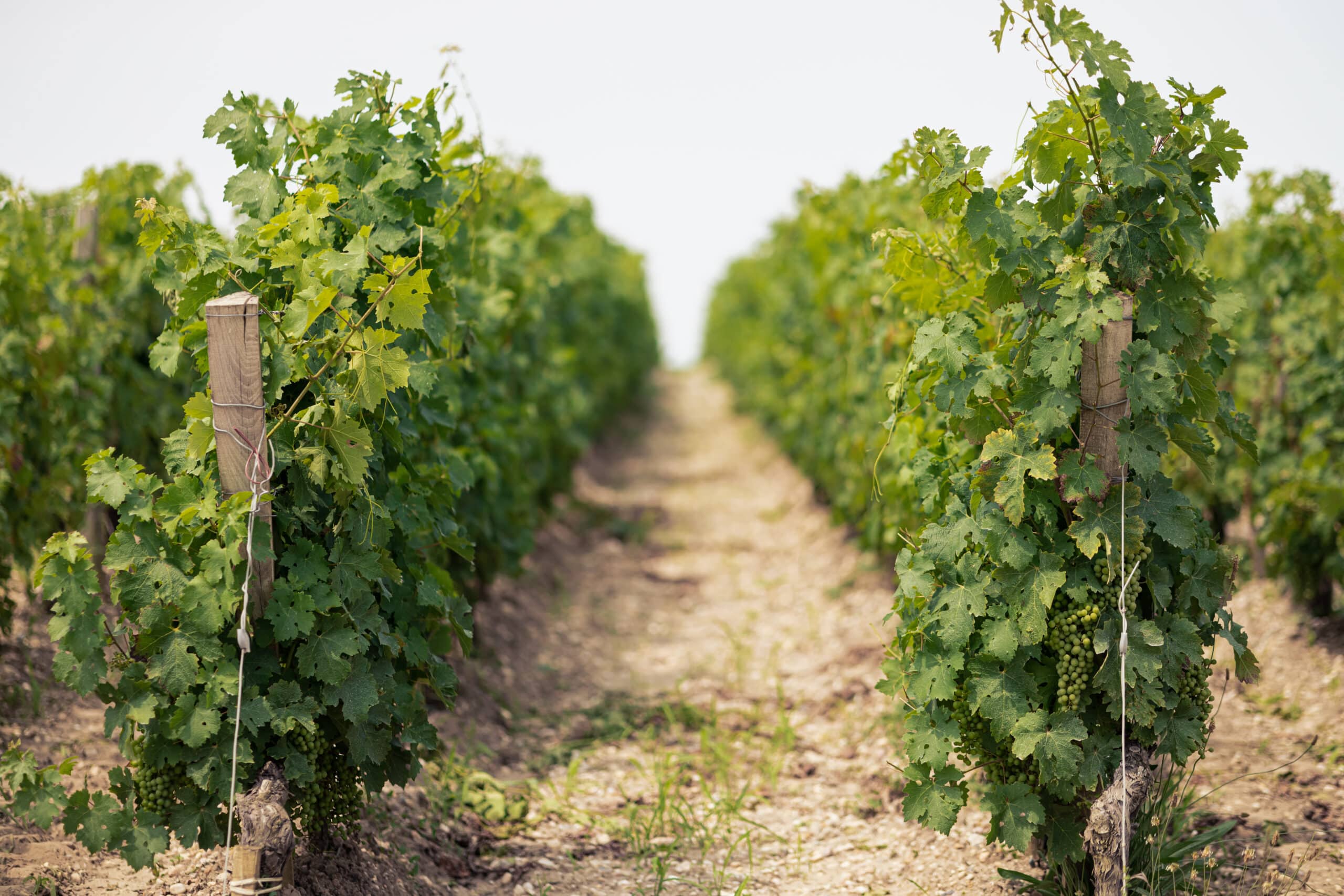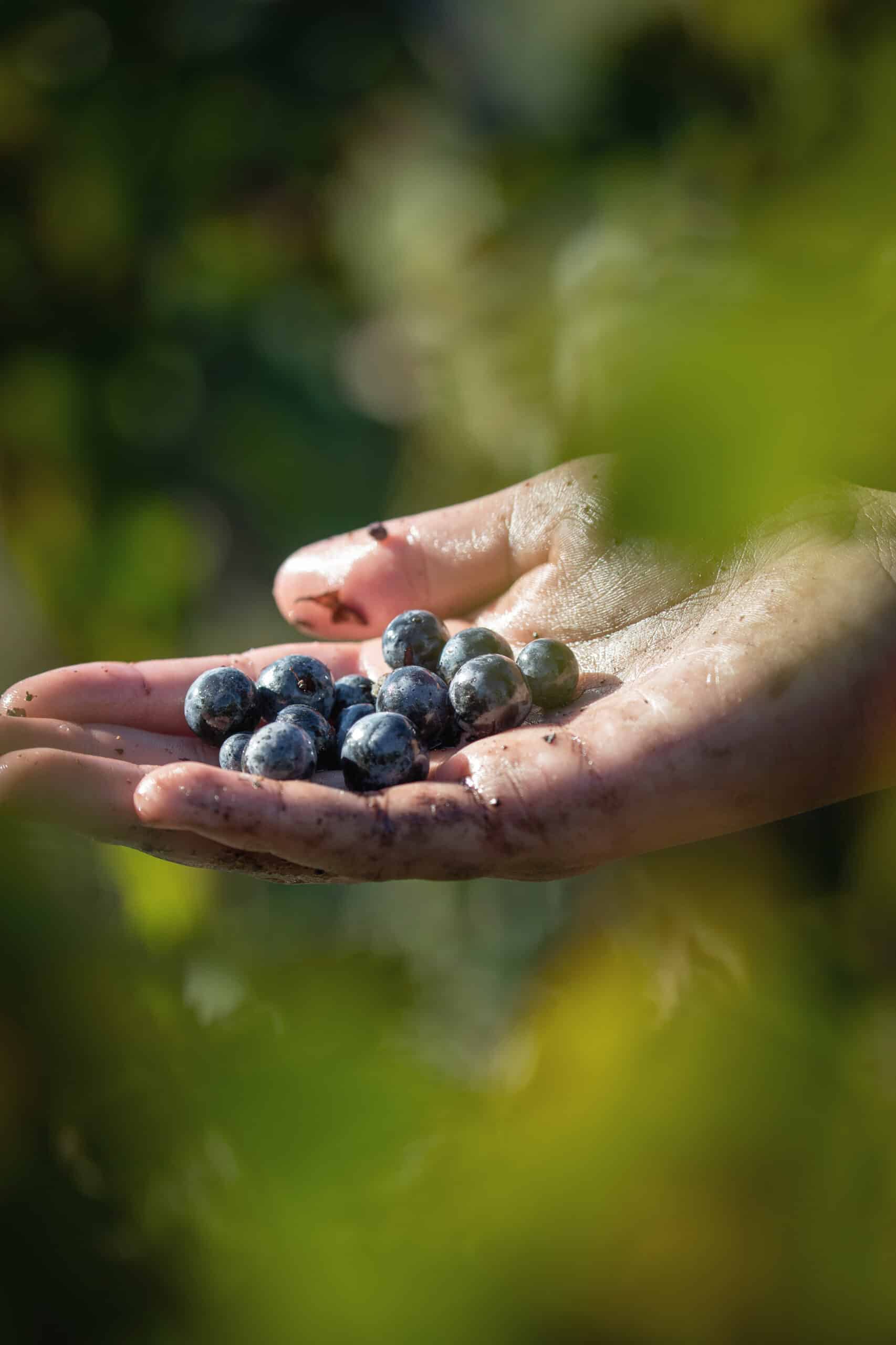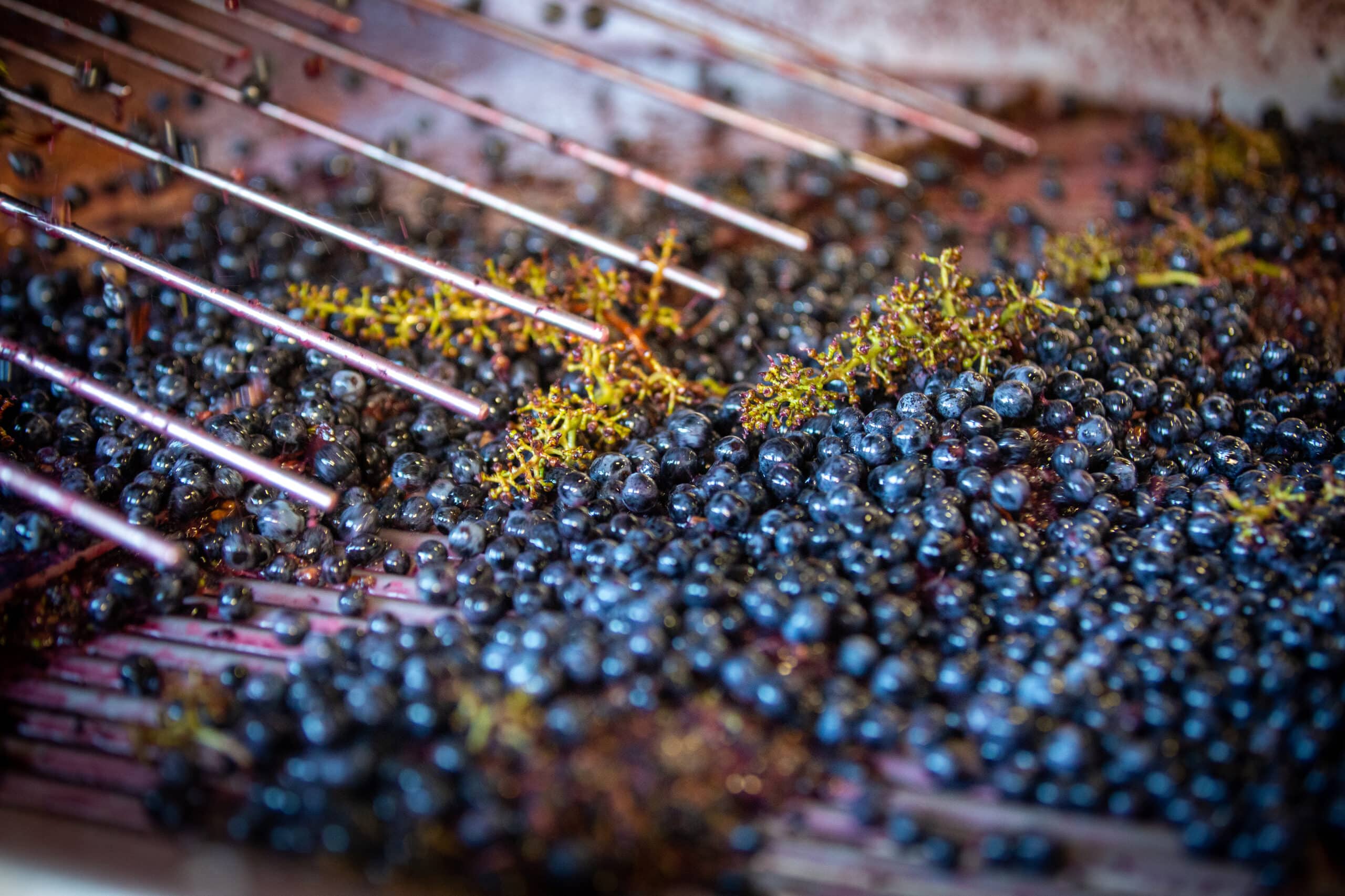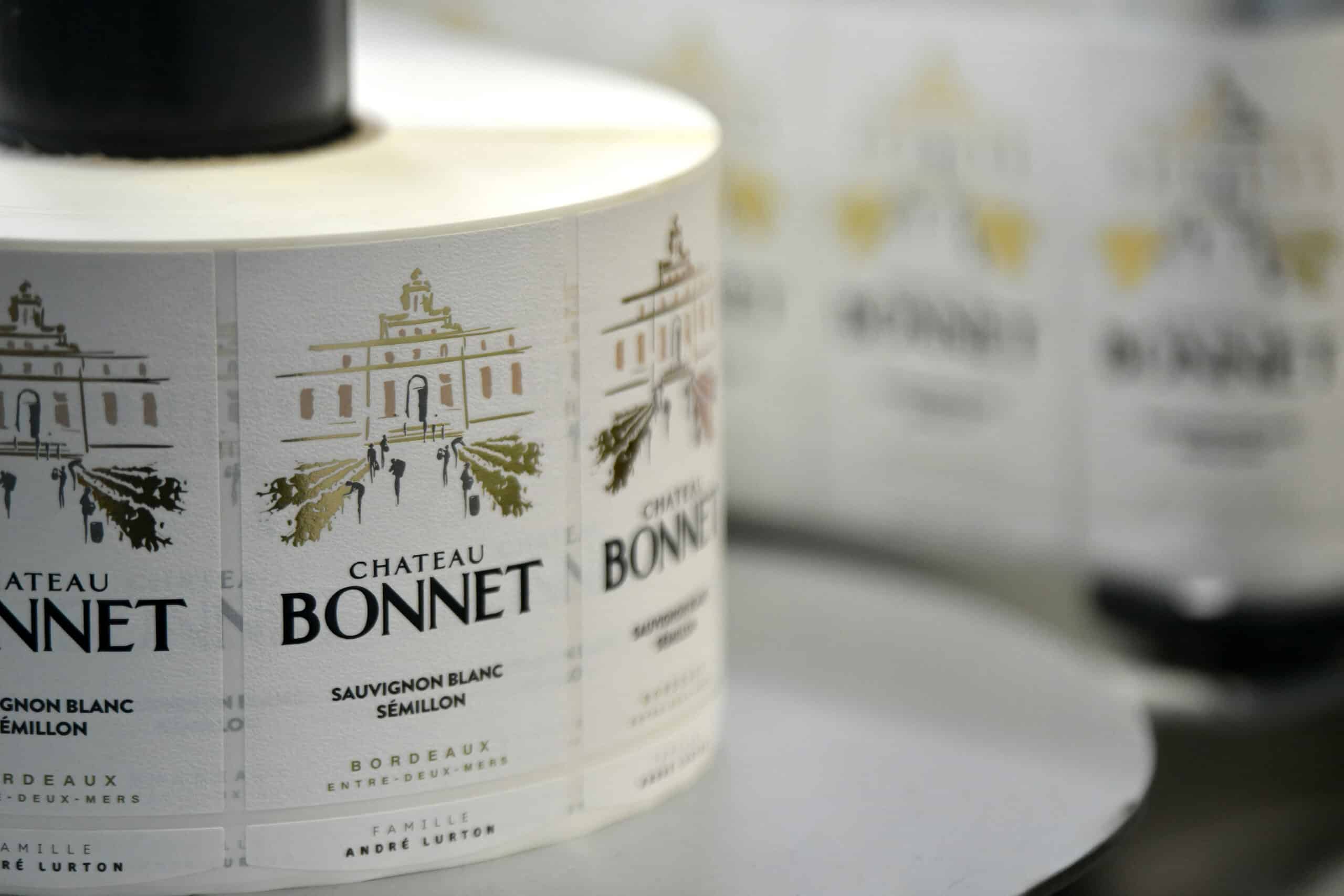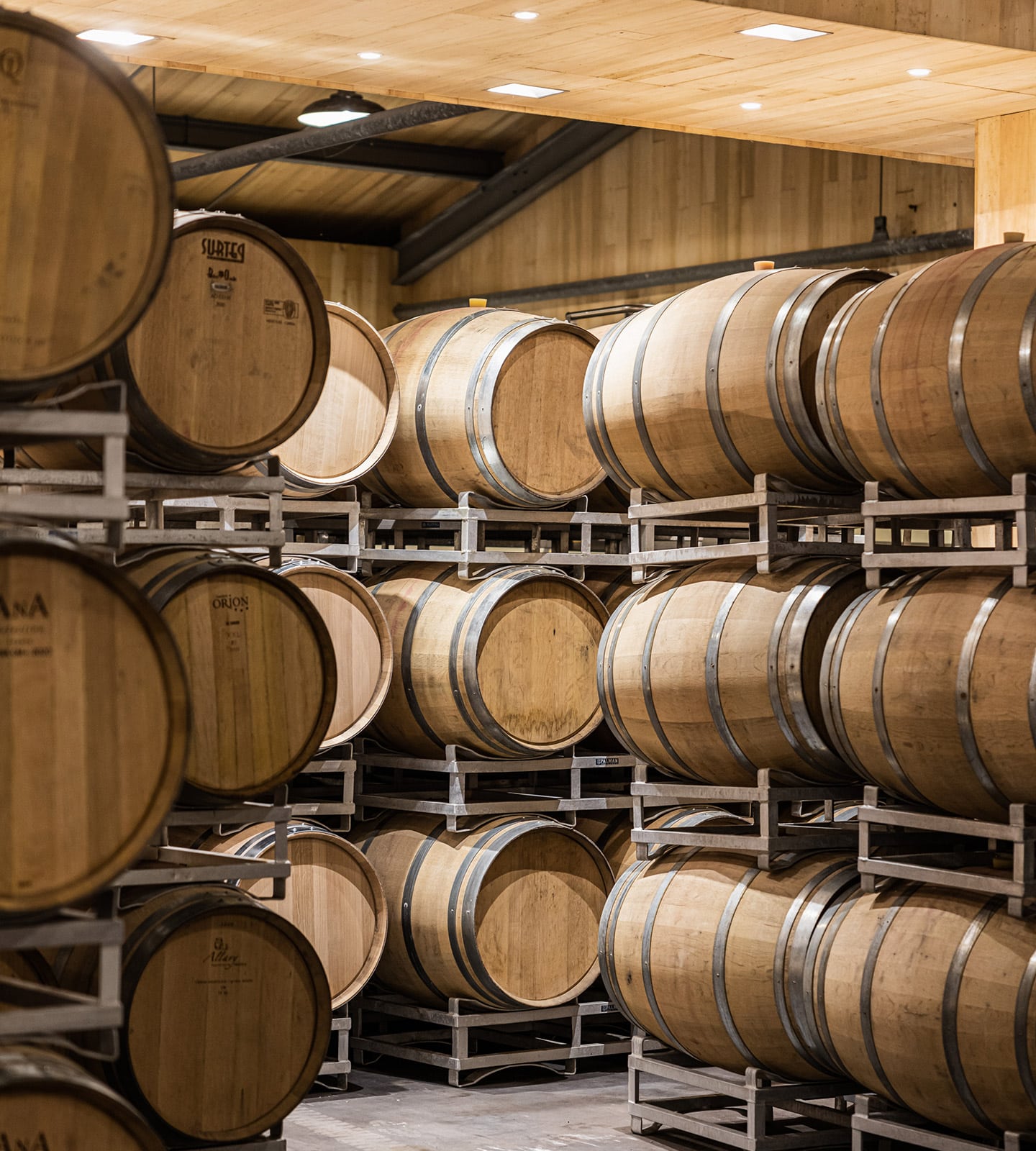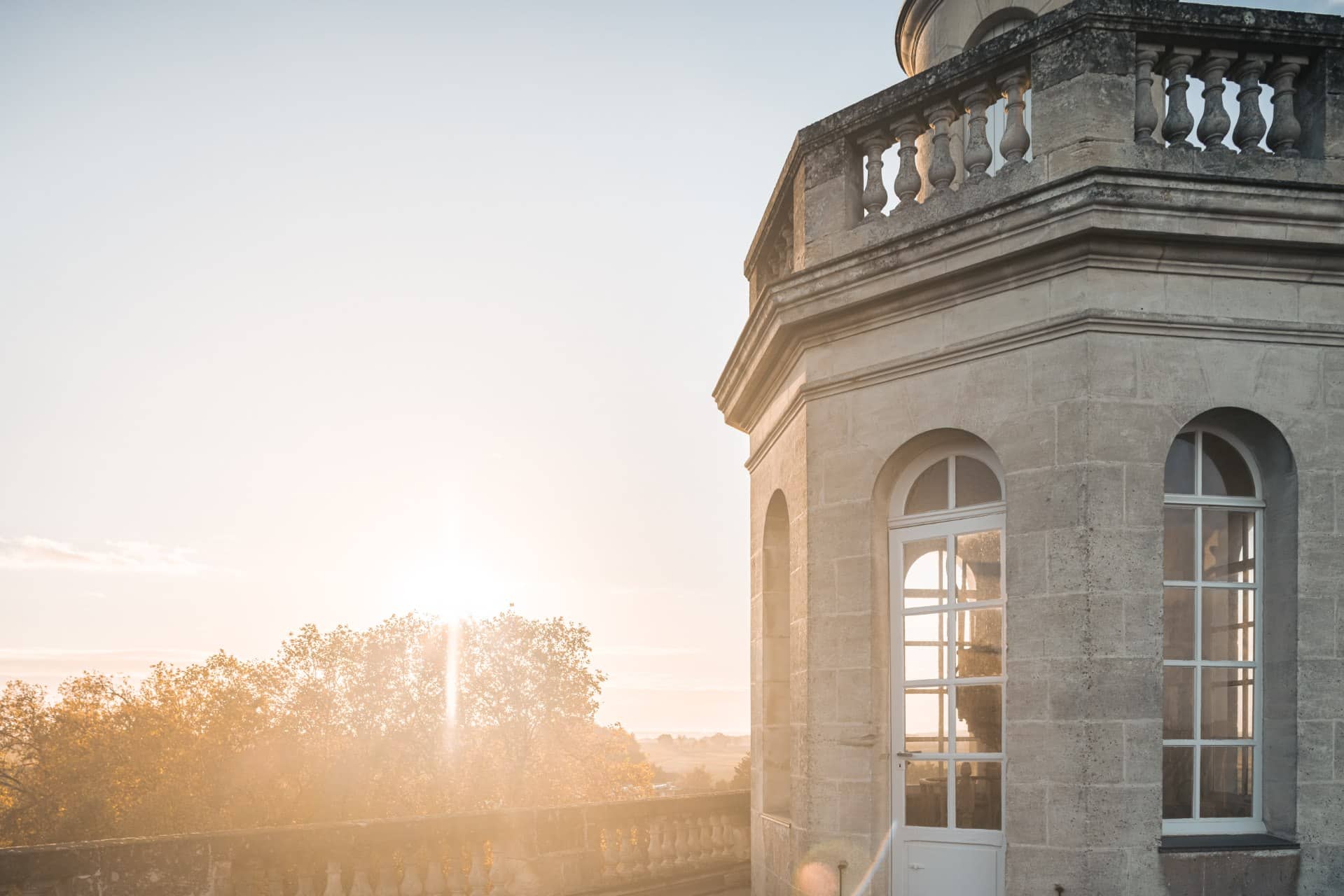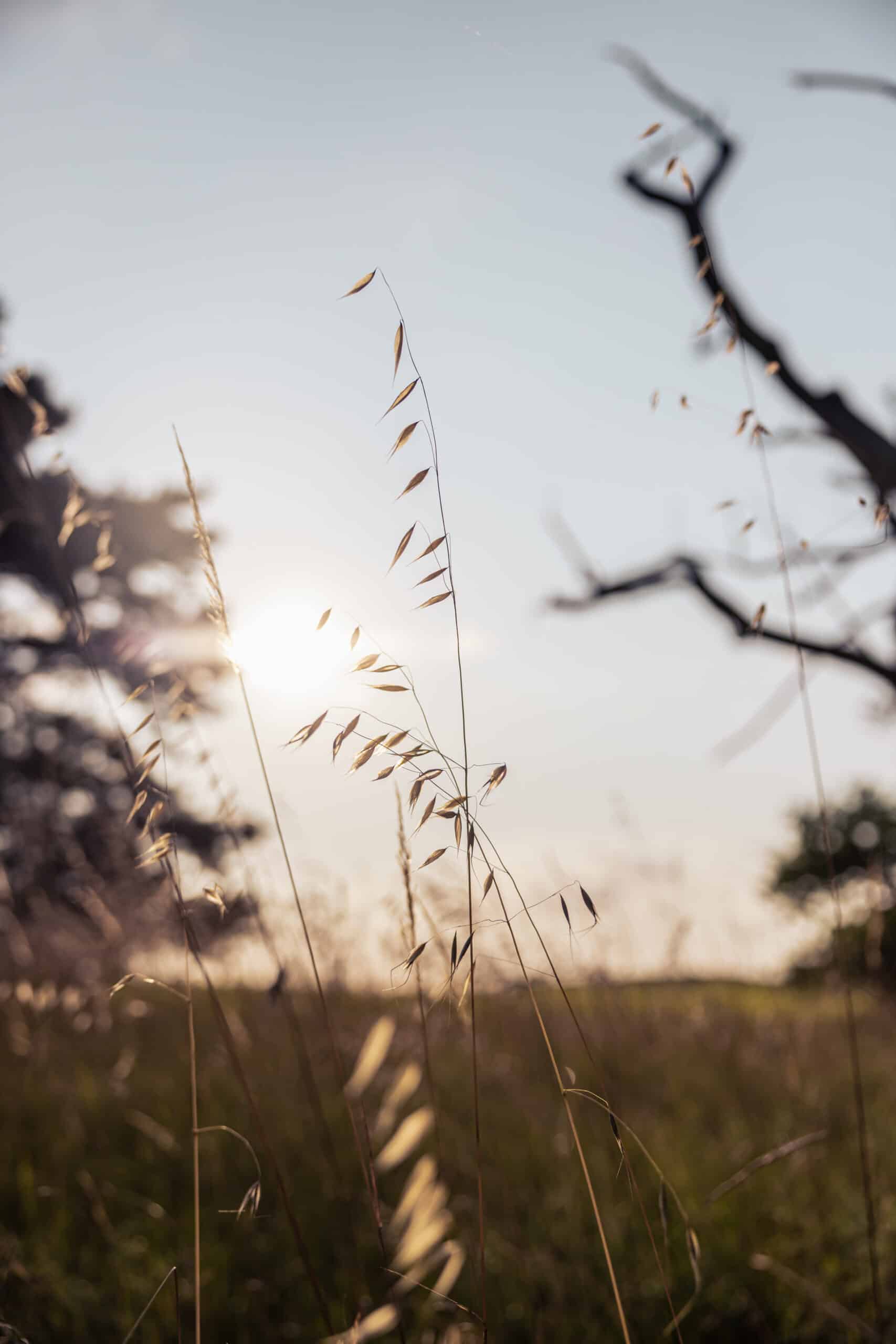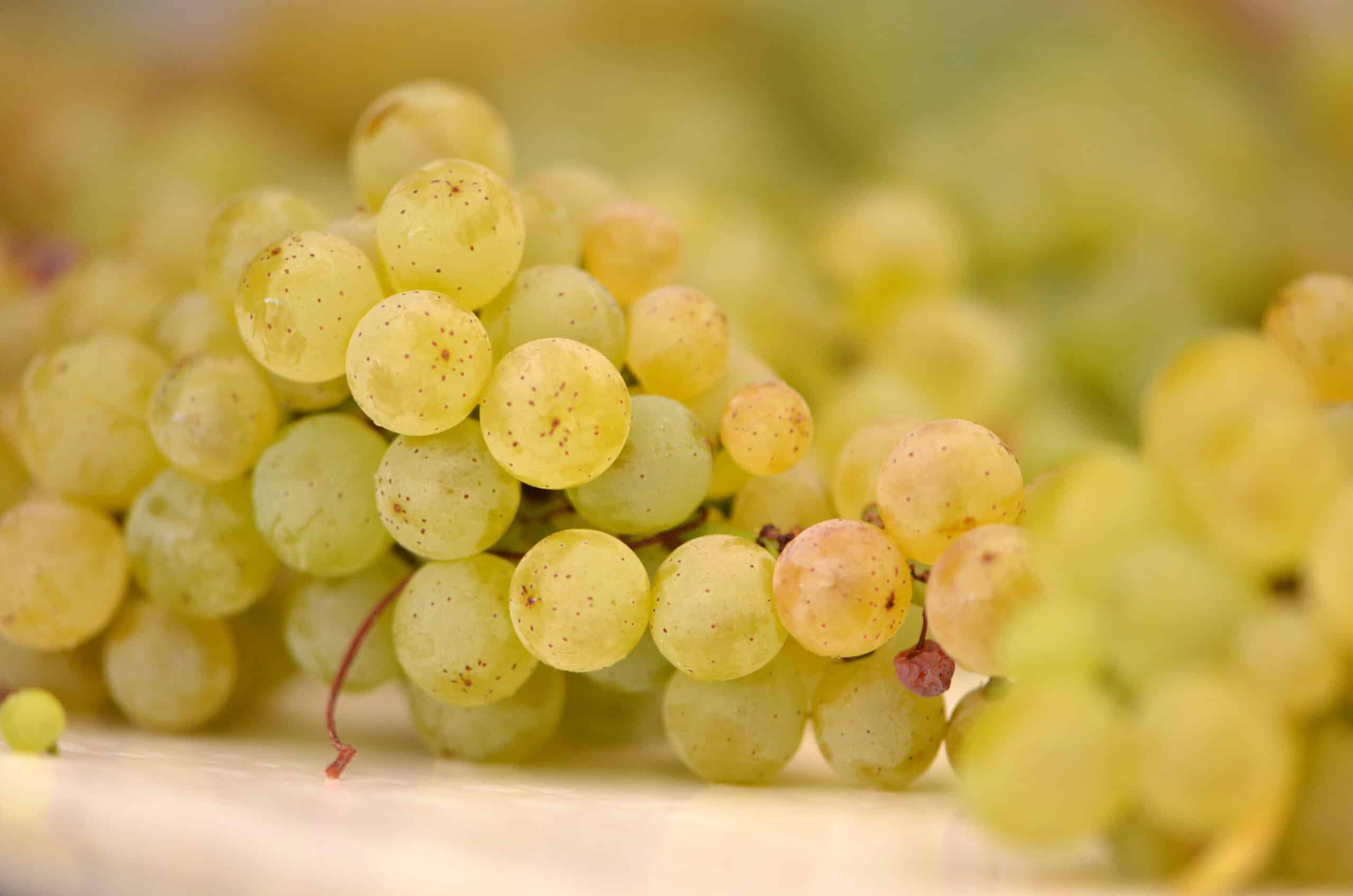
Vinification of white wines
Pressing
Cold grapes are gently pressed in an oxygen-free environment to extract the best from the fruit. The recovered juice is then clarified by natural sedimentation before fermentation.
Fermentation
To produce our Entre-deux-Mers white wines, the juices are fermented in temperature-controlled stainless steel tanks.
Breeding
Our Pessac-Léognan white wines are complex, fine wines with great ageing potential. Here, the juices are vinified in barrels and amphorae on lees for between 8 and 16 months, depending on the cru.
